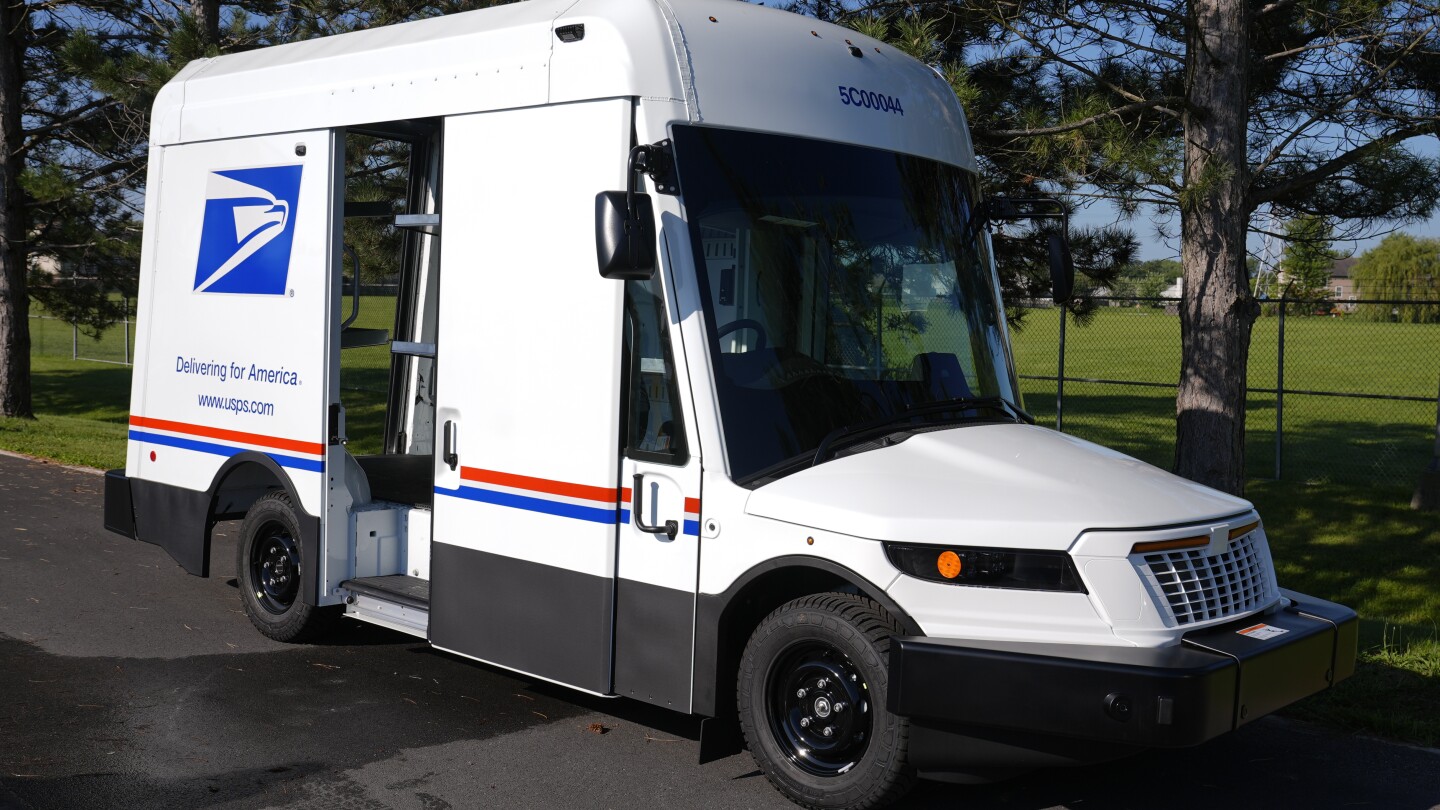The Postal Service’s new delivery vehicles aren’t going to win a beauty contest. They’re tall and ungainly. The windshields are vast. Their hoods resemble a duck bill. Their bumpers are enormous.
“You can tell that (the designers) didn’t have appearance in mind,” postal worker Avis Stonum said.
Odd appearance aside, the first handful of Next Generation Delivery Vehicles that rolled onto postal routes in August in Athens are getting rave reviews from letter carriers accustomed to cantankerous older vehicles that lack modern safety features and are prone to breaking down — and even catching fire.
Within a few years of the initial rollout, the fleet will have expanded to 60,000, most of them electric models, serving as the Postal Service’s primary delivery truck from Maine to Hawaii.
Once fully deployed, they’ll represent one of the most visible signs of the agency’s 10-year, $40 billion transformation led by Postmaster General Louis DeJoy, who’s also renovating aging facilities, overhauling the processing and transportation network, and instituting other changes.



The inspector general of the postal service actually compared this next generation vehicle project with what foreign post offices do, in this report.
One of the big differences is that the US Postal Service wants to keep the vehicles in service for 18-20 years (while purchasing them over 12 years), instead of replacing them every 3-9 years as the European counterparts do. They think that the cost of ownership will be lower with custom vehicles on a maintenance plan and parts supply chain specific to them, rather than relying on commercial manufacturers regularly turning over their assembly lines. And maybe the volume (160,000 vehicle fleet) is sufficient to actually pull that off, economically.